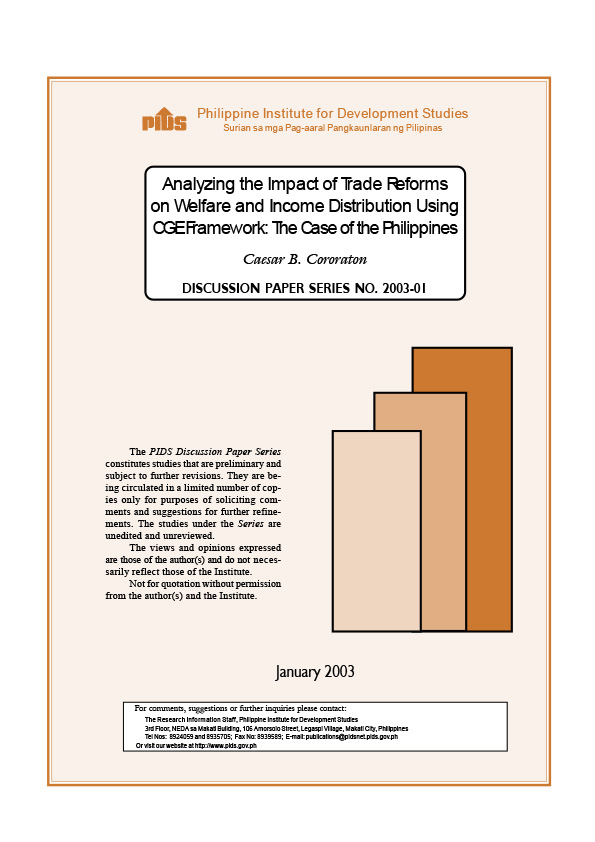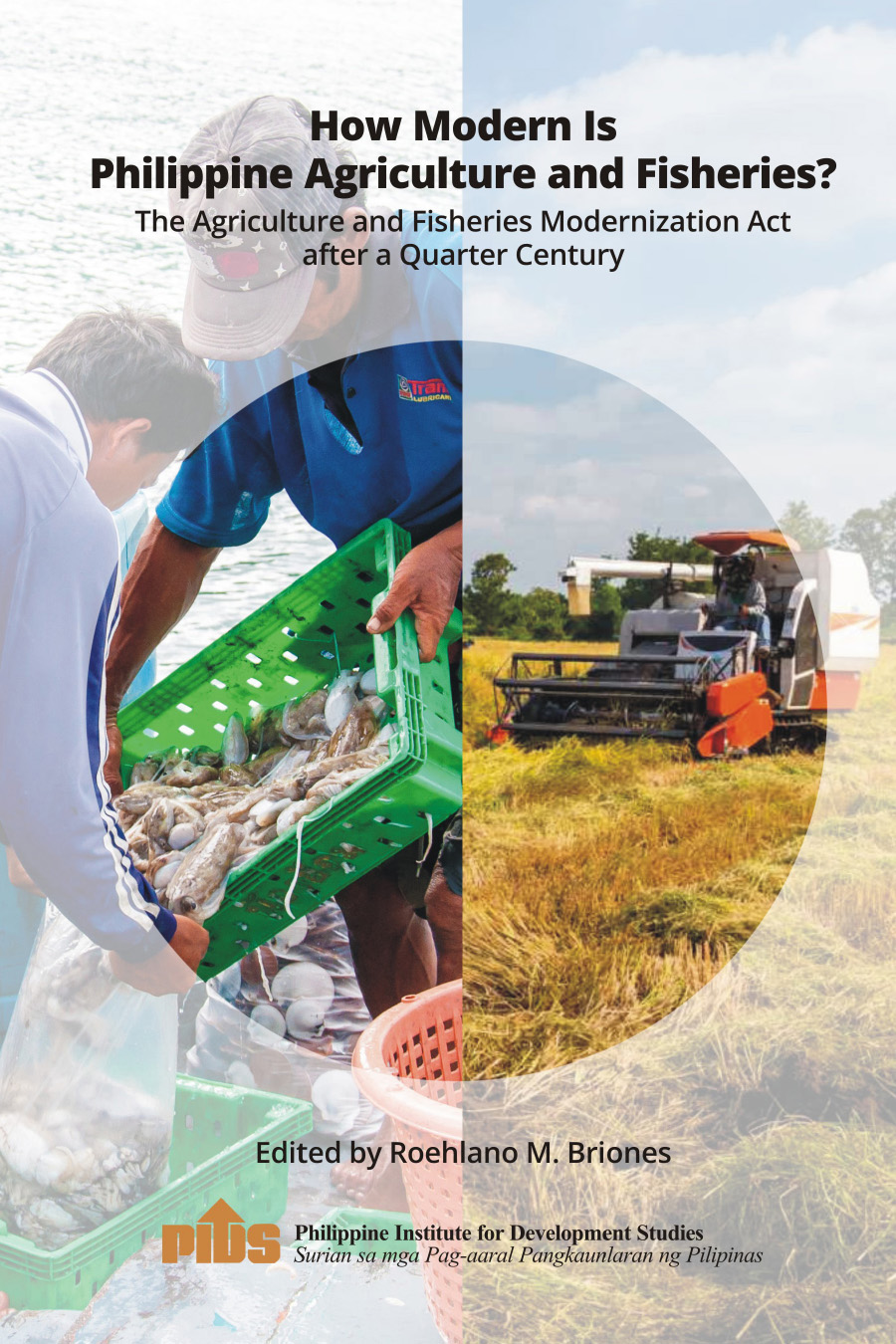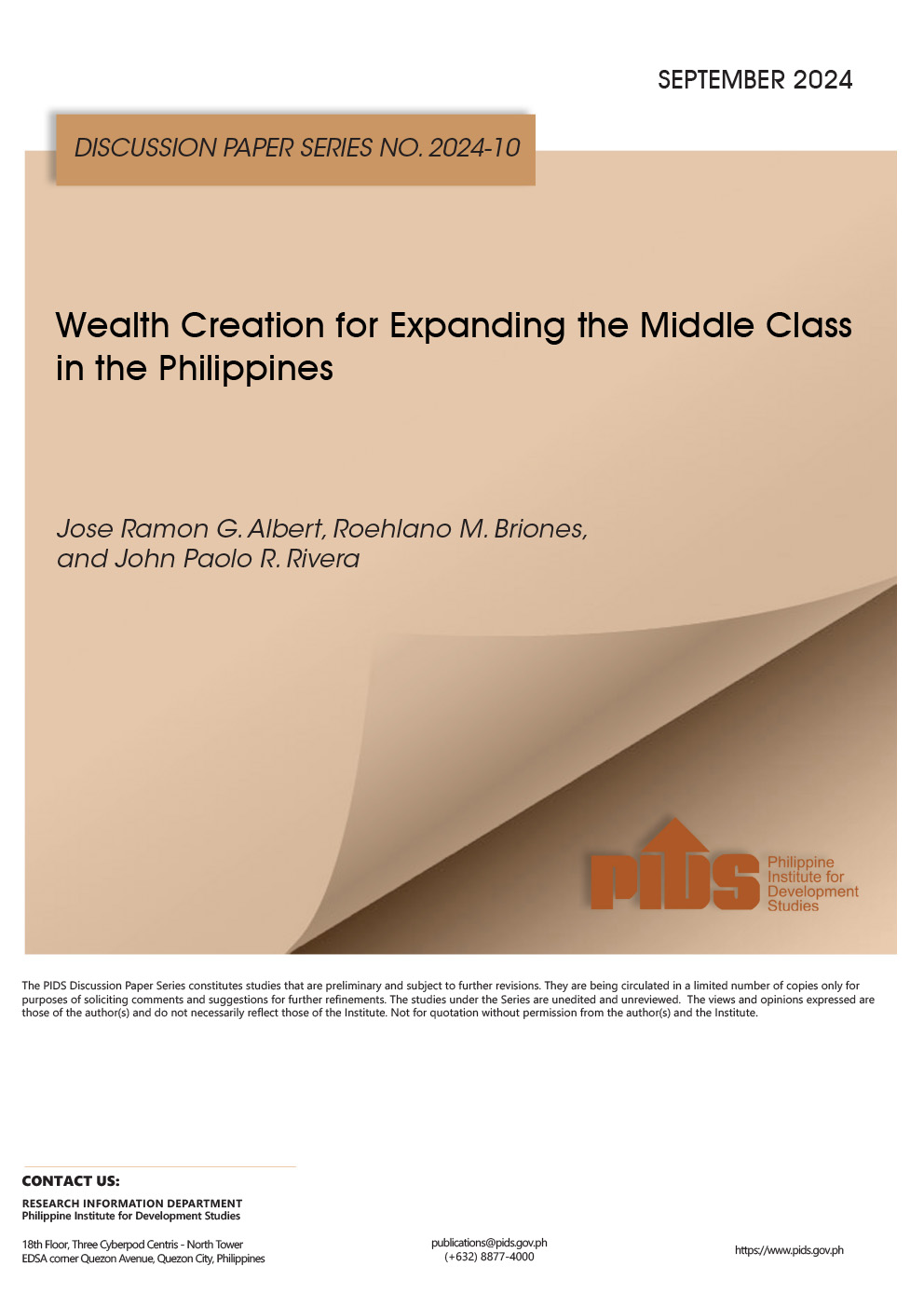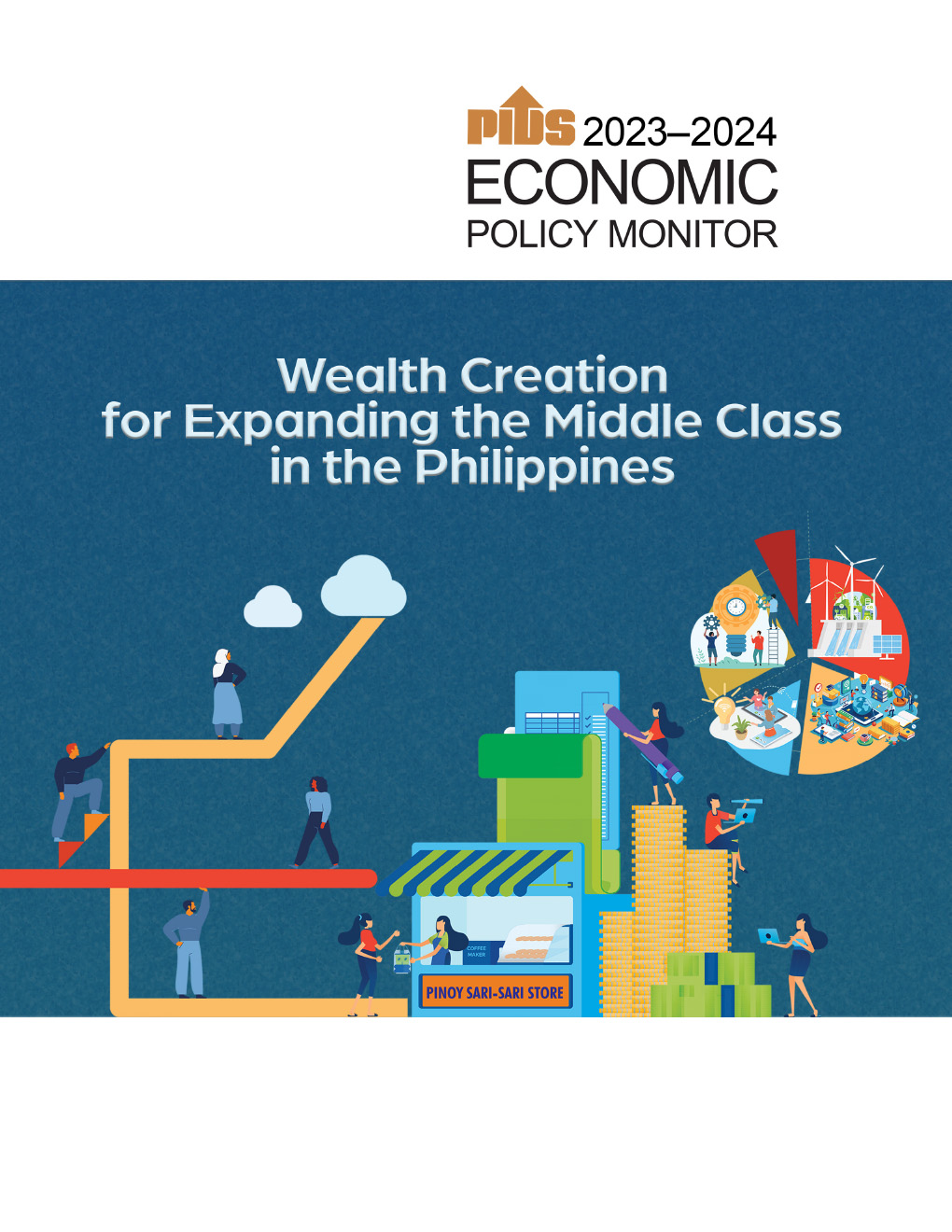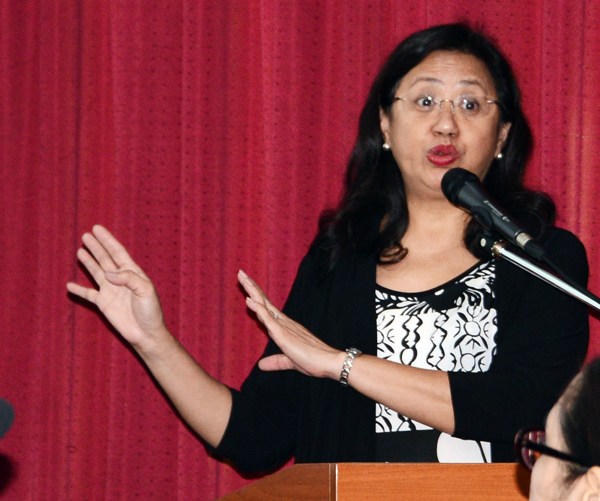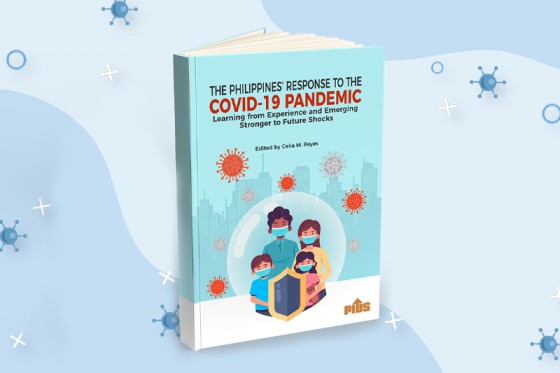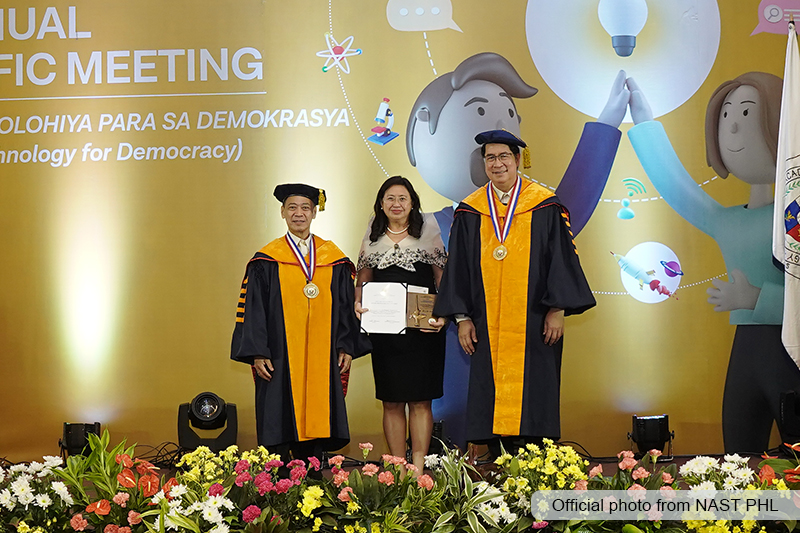Tariff reform, particularly tariff reduction, is one of the major economic reforms implemented in the last one and half decades in the Philippines. The paper attempts to analyze the effects of the tariff reduction from 1994 to 2000 on household income and welfare using a computable general equilibrium (CGE) model calibrated to the 1994 social accounting matrix (SAM). Insights that can be drawn from the tariff reduction experiments include: (a) significant drop in domestic prices; (b) improvement in export competitiveness through the effective depreciation in the real exchange rate; (c) reallocation of production and resources towards the non-food manufacturing sector, which is a dominant sector both in trade and production; (d) drop in agriculture wages and increase in production wages; and (f) factor substitution favoring skilled production workers. The effects on nominal income are biased against rural households. This is largely because of the decline in agriculture wages and the improvement in production wages. However, the significant drop in prices, especially consumer prices, offsets almost all of these negative effects. As a result, both real household income and consumption improve. Therefore, the tariff reduction program is generally welfare-improving as indicated by the positive increase in the equivalent variation (EV) both for total and across households.
Citations
This publication has been cited 9 times
- Aldaba, Rafaelita M.. 2008. Can imports discipline collusive firms? The case of the Philippine cement industry. Microeconomics Working Papers 22608. East Asian Bureau of Economic Research.
- Aldaba, Rafaelita M.. 2008. Can imports discipline collusive firms? The case of the Philippine cement industry. Discussion Papers DP 2008-01. Philippine Institute for Development Studies.
- Aldaba, Rafaelita M.. 2009. Can imports discipline collusive firms?: The case of the Philippine cement industry. Philippine Journal of Development PJD, 35, no. 1. Philippine Institute for Development Studies.
- Cororaton, Caesar B.. 2003. Analyzing the impact of Philippine tariff reform on unemployment, distribution and poverty using CGE-microsimulation approach. Discussion Papers DP 2003-15. Philippine Institute for Development Studies.
- Cororaton, Caesar B. and John Cockburn. 2005. Trade reform and poverty in the Philippines: A computable general equilibrium microsimulation analysis. Cahiers de recherche 0513. CIRPEE.
- Cororaton, Caesar B. and John Cockburn. 2007. Trade reform and poverty--Lessons from the Philippines: A CGE-microsimulation analysis. Journal of Policy Modeling, 29, no. 1, 141-163. Elsevier.
- Liao, Christine Marie and Gloria O. Pasadilla. 2004. Determinants of individual trade policy preference in the Philippines. Discussion Papers DP 2004-16,. Philippine Institute for Development Studies.
- Pimentel-Prenio, Ann, Majah-Leah Ravago, and Erlinda Medalla. 2007. The AFTA-CEPT and the ASEAN China early harvest program: An assesment of potential short-run impacts. Agriculture and Development Discussion Paper Series 2007-2. Southeast Asian Regional Center for Graduate Study and Research in Agriculture (SEARCA).
- Pimentel-Prenio, Ann, Majah-Leah V. Ravago, and Erlinda Medalla. 2007. The AFTA-CEPT and the ASEAN-China early harvest program: An assessment of potential short-run impact. MPRA Paper 28330. University Library of Munich, Germany.

